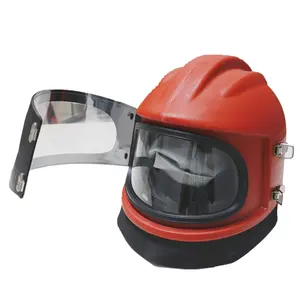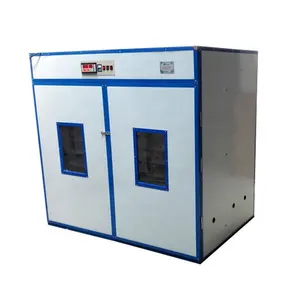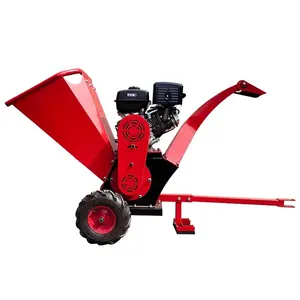Popular in your industry

































































Related Searches:
































































































































































Top categories
About 3 point furrow plough
Understanding the 3 Point Furrow Plough
The 3 point furrow plough is an essential agricultural implement designed for soil turning, aeration, and furrow creation. This tool is pivotal for preparing the land for planting, promoting better water infiltration and root growth. Its design allows for attachment to a tractor's three-point hitch, which is standard in modern farming equipment.
Types and Applications
Different types of three-point hitch ploughs cater to various farming scales and soil types. The single furrow plough is suitable for small fields, while multi-furrow ploughs increase efficiency on larger tracts of land. Their applications range from basic soil preparation to more complex tasks like creating irrigation channels.
Features and Materials
The build of a 3 point linkage plough typically involves robust materials such as high-grade steel, ensuring durability and longevity. Features may include adjustable depth wheels, replaceable ploughshares, and compatibility with various tractor models. The strength and design of these ploughs allow for consistent performance in different soil conditions.
Advantages of Modern Ploughs
Modern three-point ploughs offer several advantages, including improved soil turnover and reduced compaction. Their ease of attachment and detachment enhances the versatility of use across different farming tasks. Moreover, the efficiency of these ploughs can lead to reduced fuel consumption and time savings.
Selection Considerations
When selecting a tractor furrow plough, factors such as soil type, tractor compatibility, and the intended scale of use are crucial. It's important to consider the plough's weight, ease of adjustment, and the type of furrow it creates to ensure it meets specific farming requirements.
Maintenance and Care
Regular maintenance of a furrow plough for tractors is vital for optimal functionality. This includes checking for wear on ploughshares, ensuring bolts are tightened, and storing the plough properly to prevent rust and damage.


































